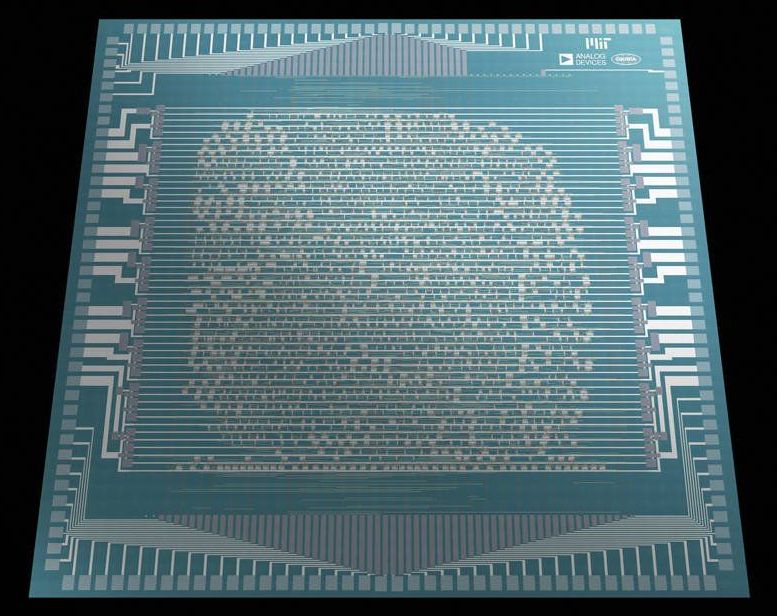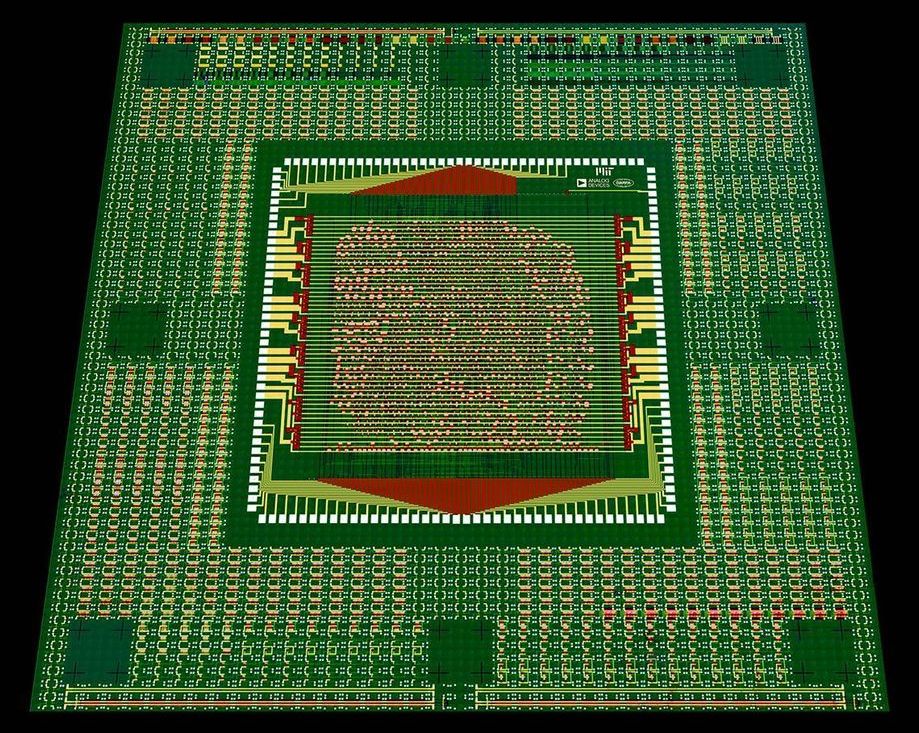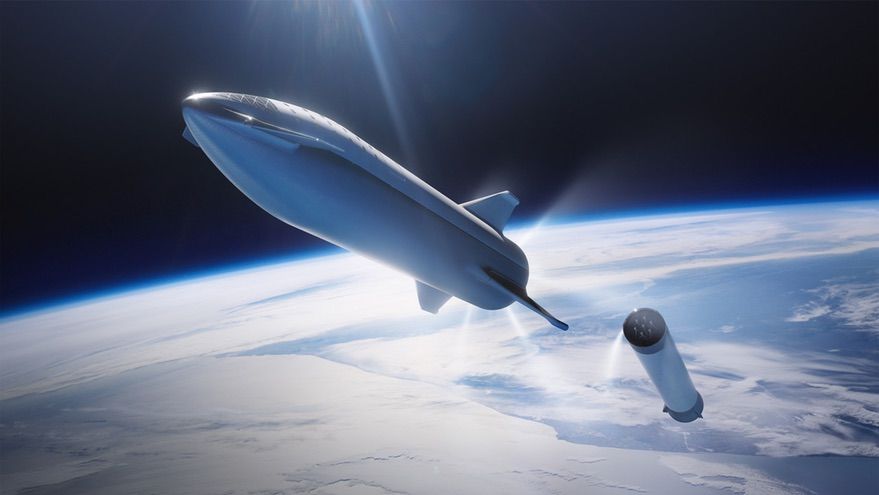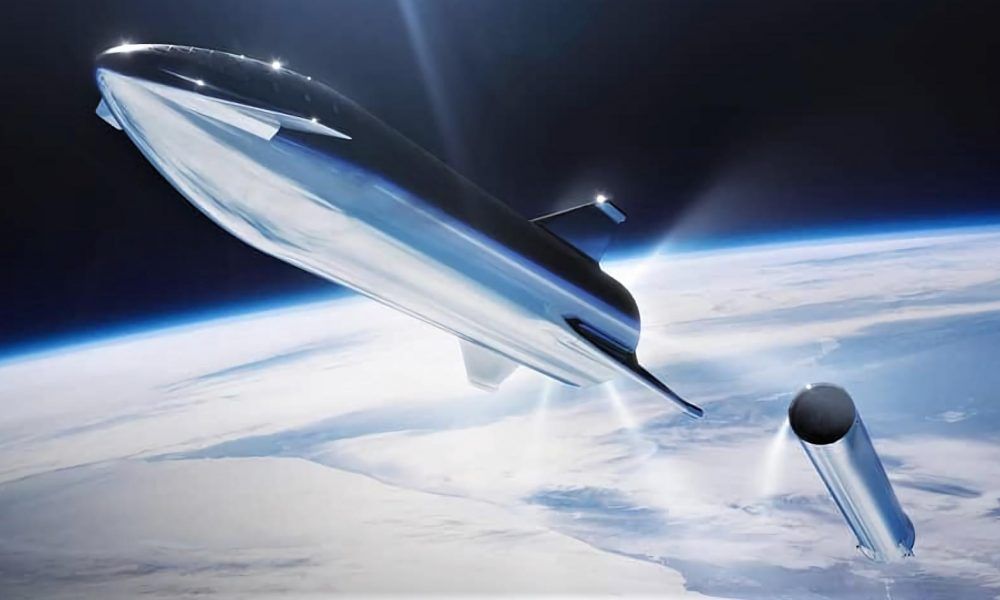Page 7587
Aug 29, 2019
CRISPR Nanogel Pill Could Be the Answer to Stop Triple-Negative Breast Cancer
Posted by Genevieve Klien in categories: biotech/medical, genetics

The answer to halting triple-negative breast cancer, the deadliest of all breast cancers, may have just been discovered by researchers from Boston Children’s Hospital.
A CRISPR gene-editing system — all encompassed into a nanogel capsule, that is then injected into the affected person’s body — is the potential antidote to stopping the growth of triple-negative breast cancer tumors.
Continue reading “CRISPR Nanogel Pill Could Be the Answer to Stop Triple-Negative Breast Cancer” »
Aug 29, 2019
Clumps of cells in the lab spontaneously formed brain waves
Posted by Genevieve Klien in category: neuroscience
C.A. Trujillo et al. Complex oscillatory waves emerging from cortical organoids model early human brain network development. Cell Stem Cell. Vol. 25, October 3, 2019, p. 1. doi: 10.1016/j.stem.2019.08.002.
Aug 29, 2019
Engineers at MIT and Analog Devices have created the first fully-programmable 16-bit carbon nanotube microprocessor
Posted by Karen Hurst in categories: computing, nanotechnology
It’s the most complex integration of carbon nanotube-based CMOS logic so far, with nearly 15,000 transistors, and it was done using technologies that have already been proven to work in a commercial chip-manufacturing facility. The processor, called RV16X-NANO, is a milestone in the development of beyond-silicon technologies, its inventors say.
Unlike silicon transistors, nanotube devices can easily be made in multiple layers with dense 3D interconnections. The Defense Advanced Research Projects Agency is hoping this 3D aspect will lead to commercial carbon nanotube (CNT) chips with the performance of today’s cutting-edge silicon but without the high design and manufacturing cost.
Some of the same researchers created a modest one-bit, 178-transistor processor back in 2013. In contrast, the new one, which is based on the open source RISC-V instruction set, is capable of working with 16-bit data and 32-bit instructions. Naturally, the team, led by MIT assistant professor Max Shulaker, tested the chip by running a version of the obligatory “Hello, World!” program. They reported the achievement this week in Nature.
Aug 29, 2019
Black hole warning: Astronomer’s dire prediction over Earth’s future revealed
Posted by Quinn Sena in categories: cosmology, futurism
A black hole is a region of spacetime exhibiting gravitational acceleration so strong that nothing can escape, not even light. These cosmic phenomena are said to form when massive stars collapse at the end of their life cycle. Then, they can continue to grow by absorbing mass from their surroundings, engulfing stars in their path and merging with other black holes.
A former journalist, equipped with an algorithm and the largest collection of murder records in the country, finds patterns in crime.
Aug 29, 2019
Report outlines SpaceX’s plans for Starship launches from KSC
Posted by Roderick Reilly in categories: food, space travel, sustainability
WASHINGTON — SpaceX plans to build facilities at the Kennedy Space Center’s Launch Complex 39A for launches and, eventually, landings of its next-generation launch vehicle, according to a newly released report.
An environment assessment prepared by SpaceX, and released by NASA Aug. 1, discusses plans to develop additional facilities at LC-39A, which currently hosts Falcon 9 and Falcon Heavy launches, for use by the company’s Starship vehicle and its Super Heavy booster.
The plans outlined in the document call for the construction of a new launch mount at the complex near the existing one used by the Falcon 9 and Heavy. The modifications to the pad would also include a tank farm for the methane fuel used by the Raptor engines that power Starship and Super Heavy.
Aug 29, 2019
Samsung patents ‘smart’ contact lenses that record video and let you control your phone just by blinking
Posted by Roderick Reilly in categories: electronics, mobile phones
Of interest?
Contact lenses capable of recording video and taking pictures could one day become a reality after Samsung was granted a patent in the US to develop the technology.
The lenses feature motion sensors, which means that wearers could control devices with their eye movements and potentially give commands to their devices remotely when blinking or using their peripheral vision.
Aug 29, 2019
SpaceX’s first Super Heavy hardware is already being built at Florida Starship campus
Posted by Roderick Reilly in categories: materials, space travel
Based on some basic analysis of recent photos of SpaceX’s East Coast Starship facility, situated in Cocoa, Florida, SpaceX has almost certainly begun fabricating and staging hardware that will eventually become part of the company’s first Super Heavy booster prototype.
This is by no means surprising but it does confirm the reasonable assumption that SpaceX is already working hard to ensure that the first Super Heavy booster(s) can be assembled as quickly as possible. Additionally, SpaceX appears to have started clearing brush in the process of preparing to transport the Florida orbital Starship prototype (“Mk2”) to SpaceX’s Pad 39A launch facilities, dozens of miles away.
The aforementioned “basic analysis” is more or less comprised of looking for and counting the massive steel rings that SpaceX has decided to build its Starships (and Super Heavy boosters) out of. By all appearances, SpaceX is doing nearly everything short of milling and preparing the raw materials (steel) internally. In Florida and Texas, giant rolls of stainless steel are delivered to the worksite by semi-truck, where SpaceX technicians prepare the rolls for sectioning (likely with a plasma torch or laser) and any necessary machining.

















